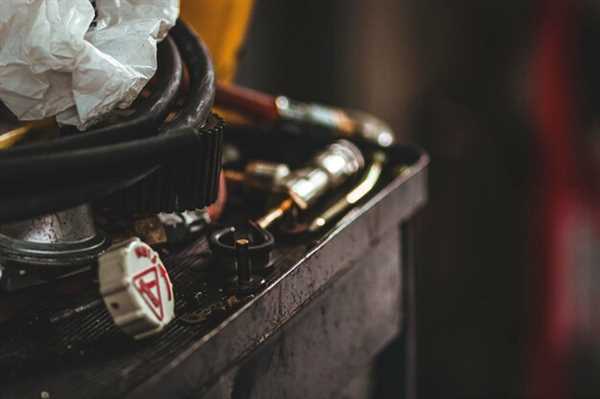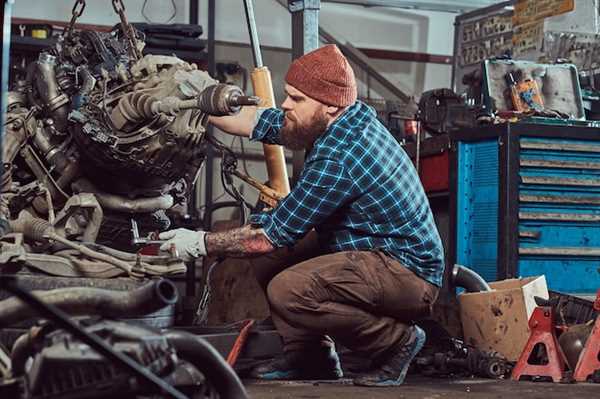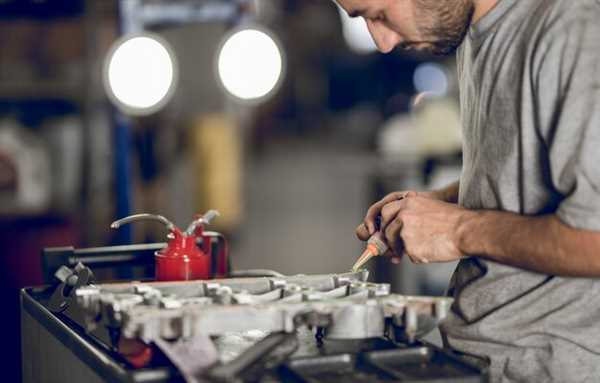
Begin with a thorough assessment of the components available for salvage. Identifying which elements hold the greatest market demand can streamline your efforts significantly. Research current pricing trends on platforms dedicated to automotive parts, ensuring you stay informed about the fluctuations in buyer interests.
Next, implement a meticulous recovery procedure. Carefully extract components to prevent damage, maintaining their integrity for potential resale. Use specialized tools to avoid unnecessary wear, ensuring that each piece remains in optimal condition for buyers who value quality craftsmanship.
Once parts are retrieved, focus on detailed documentation of their specifications and conditions. High-quality images and accurate descriptions can enhance listing appeal. Utilize online marketplaces effectively, targeting niche groups interested in specific models or brands, which can elevate the likelihood of successful transactions.
Build rapport with potential customers through transparent communication. Providing detailed information about the origin and condition of parts fosters trust and can lead to higher offers. Engage with automotive communities to increase visibility and create opportunities for sales outside traditional platforms.
Evaluating the Market Demand for Rare Parts Before Salvage
Research potential buyers through platforms such as eBay, specialized forums, or social media groups dedicated to vintage vehicles. Analyze recent sales data to identify trends and pricing for comparable components.
Utilize keyword analysis tools to assess search volume and interest level in specific items. High search interest often correlates with strong market demand.
Attend automotive swap meets, auctions, or conventions to engage directly with enthusiasts. Collect feedback on sought-after elements and gauge the willingness to pay.
Connect with restoration shops and mechanics who can provide insights into what items are frequently requested by customers. Their firsthand experience can guide decisions on what to salvage.
Evaluate supply levels in the marketplace. Scarcity can drive demand and increase potential resale prices. Monitor listings to see which parts are not readily available.
Consider seasonality; certain categories may experience fluctuations in demand based on the time of year. Align salvage efforts with peak interest periods.
Employ online surveys targeting niche communities to gather data on specific needs and preferences regarding salvaged components.
Steps to Properly Assess Condition and Authenticity of Salvaged Parts

Begin by visually inspecting each component for obvious signs of damage, wear, or corrosion. Look for original manufacturer markings and part numbers, as these will help confirm authenticity.
Utilize specialized tools such as calipers and micrometers to measure critical dimensions. Ensuring that these match the specifications for the model can flag counterfeits or inferior replicas.
Research and compare with known authentic units. This process can reveal discrepancies that may not be readily visible during a casual inspection.
If possible, conduct non-destructive testing methods like magnetic particle inspection or ultrasonic testing to evaluate structural integrity without causing harm.
Consult community forums or experts familiar with the specific item. Their experiences may highlight unseen pitfalls or specific markers of authenticity.
Document findings meticulously, including photographs and comparative data. This record will assist in future transactions or when seeking professional evaluations.
Finally, obtain a history of the part’s provenance if available. Documentation of previous ownership can further substantiate authenticity and potentially enhance resale prospects.
Strategies for Marketing and Selling Rare Salvaged Car Parts

Leverage online marketplaces such as eBay, Craigslist, and specialized automotive forums to reach a larger audience. Create detailed listings with high-quality images and accurate descriptions to attract potential buyers.
Engage with communities on social media platforms, including Facebook groups and Instagram pages dedicated to automotive enthusiasts. Sharing content related to salvaged components can increase visibility and interest.
Optimize search engine listings by using relevant keywords in titles and descriptions. Incorporating terms like “unique salvage components” or “antique vehicle parts” can help connect with niche markets.
Offer bundles of related parts to encourage bulk purchasing. Customers looking for multiple items may find bundled offers more appealing than single pieces, enhancing sales potential.
Build a reputation by providing excellent customer service and ensuring that your items are accurately represented. Positive reviews and word-of-mouth referrals can significantly impact future transactions.
Participate in automotive swap meets and local car shows to showcase salvaged items directly to interested buyers. Personal interaction can foster trust and spur on-the-spot purchases.
Utilize online auction platforms to create competitive bidding environments. Auctions can attract buyers willing to pay premium prices for sought-after or hard-to-find components.
Highlight restoration potential in your marketing efforts. Many enthusiasts seek parts for projects, so showcasing how components can be revitalized can inspire purchases.
Implement a follow-up strategy with past buyers to offer new arrivals or discounts. Establishing relationships with previous customers can lead to repeat business and referrals.
Consider international shipping for components that are rare in certain regions. Expanding your shipping options can open up additional markets and increase sales opportunities.


